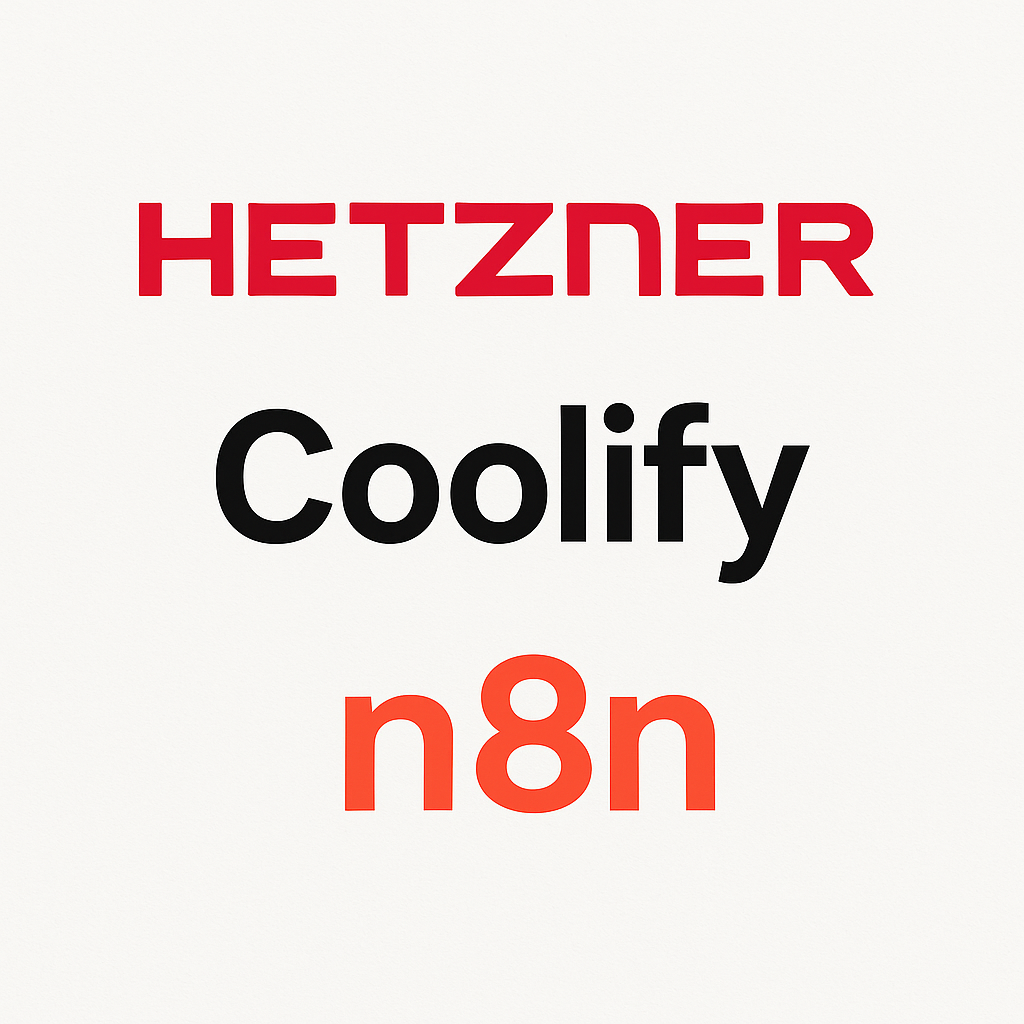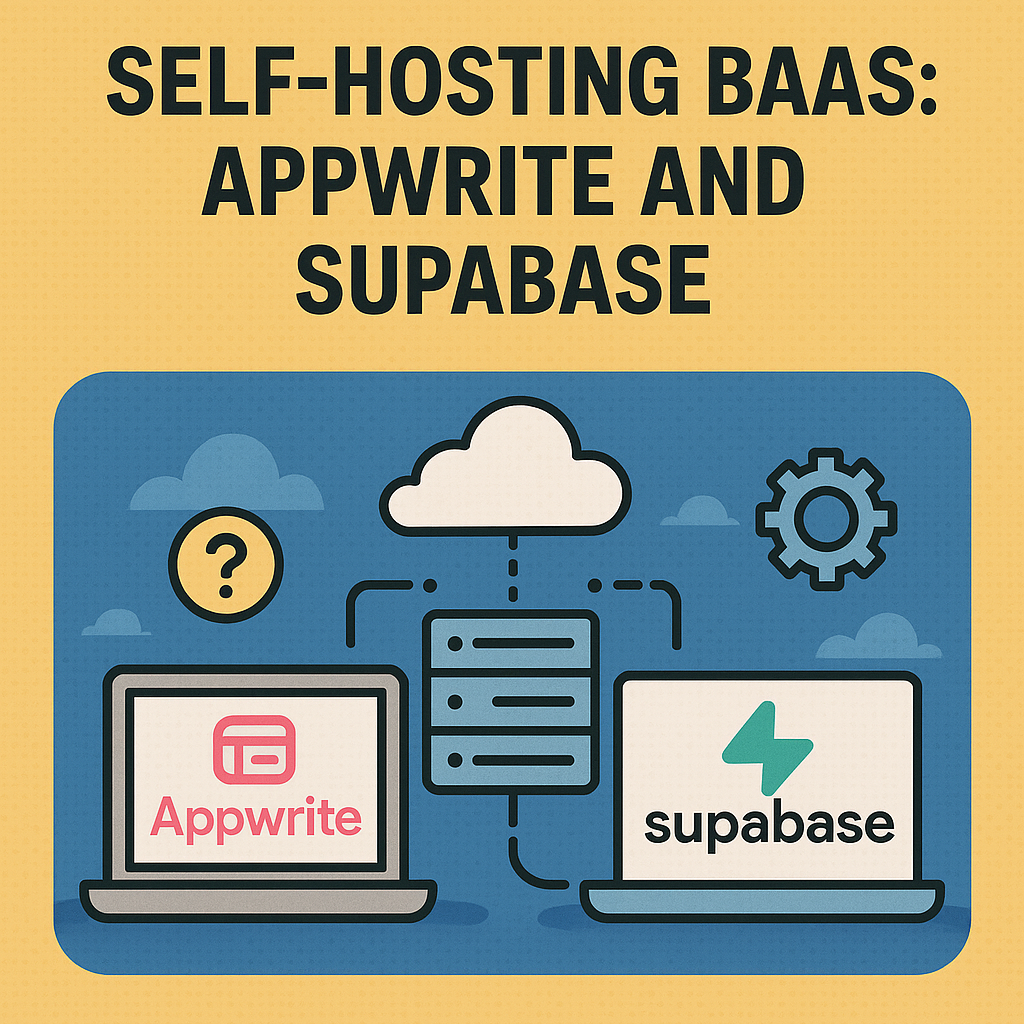
Self-hosting your applications offers unparalleled control, often at a more attractive price point than fully managed services. If you’re looking to deploy powerful tools like n8n, a versatile workflow automation platform, or even a personal blog, and you appreciate a streamlined deployment process, then combining Hetzner for your server infrastructure with Coolify as your self-hosted Heroku/Netlify alternative is a fantastic choice. This guide will walk you through the essential steps to get your applications running smoothly.
Why Hetzner and Coolify?
- Hetzner: Renowned for its highly competitive pricing and robust server performance, Hetzner provides excellent value for cloud servers. This makes it an ideal backbone for a variety of applications, from lightweight static sites to more resource-intensive ones like workflow automation tools. You can choose a server with specifications that suit your needs, for example, a cloud server with 2 vCPUs and 4GB RAM.
- Coolify: This open-source platform simplifies the deployment and management of applications on your own server. It acts as a user-friendly interface, abstracting away much of the complexity of Docker, Nginx, and SSL certificate management, giving you a Heroku-like experience on your own hardware.
- n8n: Whether it’s a dynamic blog, a powerful automation tool (like n8n), or a simple personal introduction page, this combination empowers you to host it all efficiently.
Prerequisites
Before diving in, ensure you have:
- A Hetzner Cloud Server: Provisioned and ready. Note down its Public IPv4 address.
- Coolify Installed on Your Hetzner Server: You should have successfully installed Coolify on your server.
- A Domain Name: You’ll need a domain (e.g.,
app.yourdomain.com,blog.yourdomain.com, or justyourdomain.com) and access to its DNS settings (e.g., Namecheap) to point it to your Hetzner server’s Public IPv4 address using A records. Wildcard A records (*and@pointing to your server’s IP) are highly beneficial for easily managing subdomains.
Step-by-Step Guide
Step 1: Add Your Hetzner Server to Coolify
This is the foundational step to connect your infrastructure with Coolify’s management capabilities.
- Access Coolify: Log in to your Coolify dashboard (typically
http://[Your Hetzner Server's Public IPv4]:3000). - Navigate to Servers: In the left sidebar, click on “Servers”.
- Add Your Server: Click the “+ Add” button next to “Servers”.
- Enter Details:
- Name: Give your server a recognizable name (e.g., “Hetzner Main Server”).
- IP Address/Domain: Enter your Hetzner Cloud Server’s Public IPv4 address.
- User: Typically
rootfor a fresh installation. - Port: The default SSH port is
22. - Private Key: Paste the private SSH key associated with your server.
- Save and Validate: Click “Save” and Coolify will attempt to validate the server connection. Once validated, you’ll see a “Server is reachable and validated” message.
Step 2: Organize with Coolify Projects (Recommended)
Projects help keep your applications organized within Coolify.
- In Coolify: Go to “Projects” in the left sidebar.
- Create a New Project: Click “+ Add” next to “Projects”.
- Name Your Project: Give it a logical name (e.g., “Automation Tools,” “Personal Blog,” “Static Pages”).
Step 3: Deploy Your Application (e.g., n8n, or a Static Site)
The deployment process will vary slightly depending on your application type, but the core steps remain similar.
- Add Application: Inside your chosen project, click “+ Add Application” or “New Application.”
- Select Application Type:
- Git Repository: For applications deployed from a GitHub/GitLab/Bitbucket repository (e.g., a static HTML page with a Dockerfile, or a Docker Compose stack like n8n). Choose “Private Repository (with GitHub App)” for a secure and automated integration with GitHub.
- Service Stack: For pre-defined services like n8n with MySQL.
- Static Site: (If available and simple HTML/CSS/JS is all you need without a Dockerfile).
- Configure Details:
- Name: A descriptive name for your application.
- Repository/Image: Select your Git repository or Docker image source.
- Branch/Tag: Specify the branch (e.g.,
main) or Docker image tag. - Build Pack: Choose
Dockerfile,Docker Compose, or the appropriate language/framework. - Domains: This is critical. Add the custom domain(s) for your application (e.g.,
n8n.yourdomain.com,blog.yourdomain.com, oryourdomain.com). Remember that a domain can only be assigned to one application at a time within Coolify. If you encounter an “already in use” error, check your Coolify Instance Settings and other applications to ensure the domain is not claimed elsewhere. - Server: Select your “Hetzner Main Server.”
- Environment Variables: Provide any necessary environment variables (e.g., database credentials for n8n).
- Resource Limits: Crucially, set CPU and RAM limits for your application containers. This is vital on a shared server (like your 4GB RAM, 2 vCPU Hetzner server) to prevent one application from consuming all resources and crashing the server. Assign conservative limits based on your server’s total capacity.
- Deploy: Click “Deploy” to initiate the build and deployment process. Coolify will fetch your code, build the images, create containers, and automatically provision SSL certificates via Let’s Encrypt.
Step 4: Verify and Access Your Application
- Monitor Logs: Keep an eye on the “Logs” tab of your application in Coolify to ensure the deployment completes without critical errors. Messages like “Rolling update completed” generally indicate success.
- Check Status: Confirm the application status shows “Running.”
- Access: Open your web browser and navigate to your custom domain (e.g.,
https://n8n.yourdomain.comorhttps://yourdomain.com). Your application should now be live!
Troubleshooting Tips
- “Site can’t be reached” / “ERR_TIMED_OUT”: This often points to the server being overloaded, the Coolify proxy not running, or incorrect DNS settings.
- Check Hetzner graphs for CPU/RAM spikes.
- Verify “Proxy Running” status in Coolify’s Server settings.
- Restart your Hetzner server from the Hetzner Cloud Dashboard if it’s unresponsive.
- “Domain already in use”: This means the domain is assigned to another application or the Coolify instance itself. Remove it from its current location before assigning it to your desired application.
- Resource Management: If applications frequently crash or are unresponsive, increase your Hetzner server’s RAM and CPU, or reduce the number/resource limits of applications running on it.



Leave a Reply